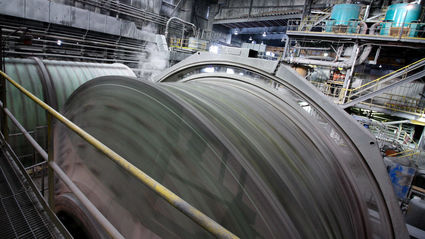Northern Star brings big changes to Pogo
Aussie miner seeks to lower mine costs, increase productivity North of 60 Mining News – April 12, 2019
Last updated 9/25/2020 at 2:38pm
For access to this article please
sign in or
subscribe.









Reader Comments(0)